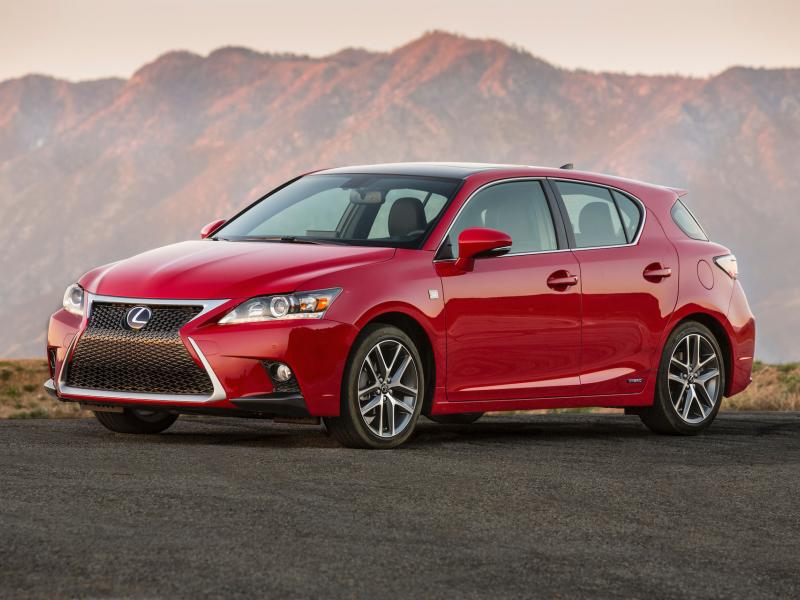#DFF: Distracted driving grows with the proliferation of technology
This post is part of a campaign to prevent distracted driving headed by Best Cars Guide and Beltrán About Cars. Please read our launch post from April 29th, then join us here, on Facebook and Twitter (@BeCarChic and @Cars_blog) to take the Distraction Free Fridays (#DFF) pledge. The following post was written by Carlos Beltrán and focuses on technology’s role in distracted driving.
We live in a connected world, where we “update” our life in real-time and yesterday’s news is old news because we can read it as it happens. This revolution is in motion, and it is part of our lifestyle everywhere we go because it makes our life easier.However, there is a part of our life where connectivity is working against us; and unfortunately, it kills people every day. According to the U.S. Department of Transportation, in 2009, 5,474 people were killed as a result of distracted driving, where using mobile phones are the most dangerous forms of distraction. However, saving one life should stop not only the entire argument of whether distracted driving is a legitimate concern, but also the procrastination for taking action at all levels.
Studies say that drivers using phones are four times as likely to cause a crash as other drivers, and the likelihood that they will crash is equal to that of someone with a .08 percent blood alcohol level, the point at which drivers are generally considered intoxicated. -The New York Times.
The most important question should be what measures need to be taken? Fellow auto blogger, Melanie Batenchuk, of Best Cars Guide mentioned in the post Laws could shape drivers’ behind-the-wheel behavior regulations and policies that are rolling out, however these regulations may be attacking the symptom only, not the root cause – reducing, but not stopping, incidences.On other fronts, groups are encouraging auto manufacturers to take measures by equipping new cars with all sorts of technology – something that could pass the cost to consumers. Other options available are gadgets and applications that are neither mandatory, nor standard (we will cover in future posts of our #DFF series some of the best options available out there). Moreover, there is no one-size-fits-all solution; the campaigns that made seat belts and air bags mandatory, may not work in this case. For instance, the rapid development of mobile phones can make even the latest solutions from manufacturers obsolete in a matter of months.
Regulation keeps trying to say texting is distracting to driving, but for the consumer it is really the driving that is distracting to texting.
-Tepper School of Business project team research, Carnegie Mellon University

The bottom line is that the distracted driving problem is bigger than the automotive industry and its federal regulators; it needs a more collaborative approach among the government, car manufacturers, phone companies, and above all, drivers.
So, what is the root cause of this problem? The proliferation of technology.
Smartphones sales overwhelm new car sales (please see figure below), and with every new user out there, the potential number of distracted drivers increases. The main issue here is the dangerous intersection between the increasing amount of time we spend both commuting in our cars and staying connected.
Think of this, last year in the U.S. we spent 50 minutes a day browsing the web on mobile devices, while the average driving time to work in some cities was more than 30 minutes. Combine these two factors for a small fraction of time, and it’s easy to see how the consequences can be fatal.Team up with us, take the #DFF pledge each Friday to put your device aside and focus on the drive.




